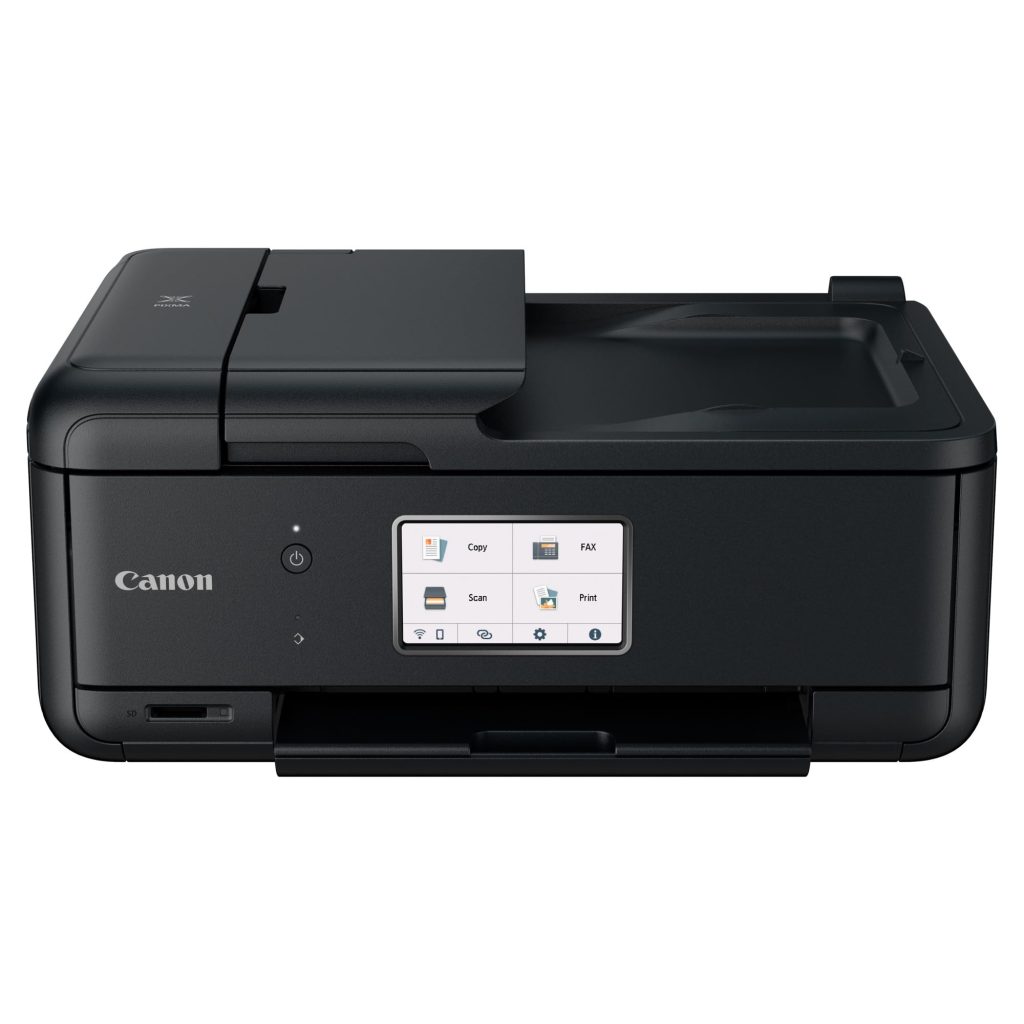Before the Xerox machine, duplicating documents was quite, to put it mildly somewhat of a controversy. From smudges of carbon paper, to spirit duplicators, making copies was labor-intensive and messy.
Chester Carlson, a patent attorney in 1938, developed the photocopier. His process was called electrophotography, and involved an aluminum plate that was light-sensitive, sulfur powder, and bright lighting.

Chester Carlson xerography
Chester Carlson, in 1937 began to play around with a new idea of how to duplicate documents. In high school, the inventor had been a serial inventor and kept sketchbooks stuffed with ideas. He was employed in a variety of ways to provide for his disabled parents and family members, including sweeping the floors of a printing company.
Carlson wanted to find an inexpensive and simple way to duplicate documents. Photostats and memeographs require costly chemicals, as well as special paper. Carlson set out to create the ability to make multiple copies, without the requirement of a master.
After many tests in his kitchen, Carlson developed a method which used static electricity to transfer an image from one piece of paper to another. The process was dubbed electrophotography, and registered the technique in 1942. In the meantime, he began knocking on doors of large firms to solicit funding for his invention. He was rejected by GE and RCA.
Carlson eventually enlisted the help of the Battelle Memorial Institute, which was willing to serve as his agent and pay for additional research. By 1945, the institute had refined Carlson’s technique and named it xerography which is a term that comes from the Greek words for writing and dry. The name was changed to Xerox in 1948. This was the beginning of the multi-billion dollar copying business.
Evolution of photocopier machines
While modern digital devices have made photocopiers obsolete in some industries, they’re still a vital part of office equipment in many businesses. In actuality, the photocopier is among of the most frequently utilized machines in the world. The history of the machine that copies is an interesting story of technological advancement.
The first photocopier was developed by Chester Carlson, an American patent attorney and physicist, who wanted to copy documents swiftly. Prior to Carlson’s invention, many copies had to be made by hand or sent out to make photographic duplicates. Carlson attempted electrophotography (later called xerography). The technique he used created images by applying static electricity to transfer images onto a paper surface. The process was originally called electrophotography but was renamed”xerography” after the Greek words xeros (dry) and graphein (to write).
The first copy machine from Carlson was very similar to photocopiers of the present, but they were of only a limited function. They used a photoconductive surface that was inserted into the hollow cylindrical. A small current was applied to the surface, which is typically an iron drum. Mirrors on the drum reflect light from the document back onto its photoconductive surface. Anywhere the paper touches the drum the image is copied. The copy that is created is stuck to a piece of paper.
Xerox 914 first photocopier
In 1959, Xerox launched the 914 copier, the first copier that could duplicate plain paper, which transformed offices. The Xerox machine was a massive project, taking over 10 years to create and costing an enormous amount. Xerox chose to lease instead of buying the equipment, thus allowing recurring income over time. Customers would pay annual fee of $25 per month to rent the machine and then buy paper and ink (toner) for 5 cents each. This model was incredibly popular because it was based on customer service.
In 1938, Chester Carlson started experimenting using his method of transferring images to paper using static electricity and dry powder. The process he developed was dubbed “electron photography” but, after consulting an expert in linguistics, decided to rename it Xerography, meaning “dry writing” in Greek. In 1948, Xerox trademarked the name and began to manufacture machines that have become synonymous with photocopying.
In the 1960s and 1970s, Xerox dominated the copy machine market, and made photocopying a common practice as did the Swingline stapler or Bic pen. However, antitrust laws and the rise of new companies caused the company to shift focus during the 80s. Xerox was determined to become a trusted business partner, providing digital technology and services to companies. It wanted to go beyond the realm of hardware manufacturing. Despite these shifts, Xerox remains a household brand and one of America’s most well-known brands.
Digital copiers development
Although the industry of digital copying has made tremendous strides following the Chester Carlson kitchen experiment, it still faces challenges. The rapid growth of copying machines, for example, has led to an rise in intellectual property issues and a fear about exposure to bright lights. Security measures and better technology could help solve these issues. Thue may photocopy hcm also have the potential to provide enhanced functionality by connecting to office networks and integrating with the management of documents.
Carlson’s “electrophotography”, or dry writing, was an instant success and soon the Haloid Company followed suit. This company was responsible for the commercialisation of the Xerox 914 – one of the first copier models to be released.
Digital copiers have become an essential part of modern office. The productivity has increased dramatically due to the capability to produce copies in just a few minutes. Furthermore, digital copiers permit users to scan documents and save them as images. These images can then be printed multiple times, sent to email, or stored.
Analog copiers might be less well-known, but they’re still utilized in specific scenarios or locations that are not able to access to modern technology. But the shift toward digitization and multifunctionality has made sure that digital copiers are still a staple of companies around the globe. There are copiers in many styles, from small and compact to large heavy-duty.